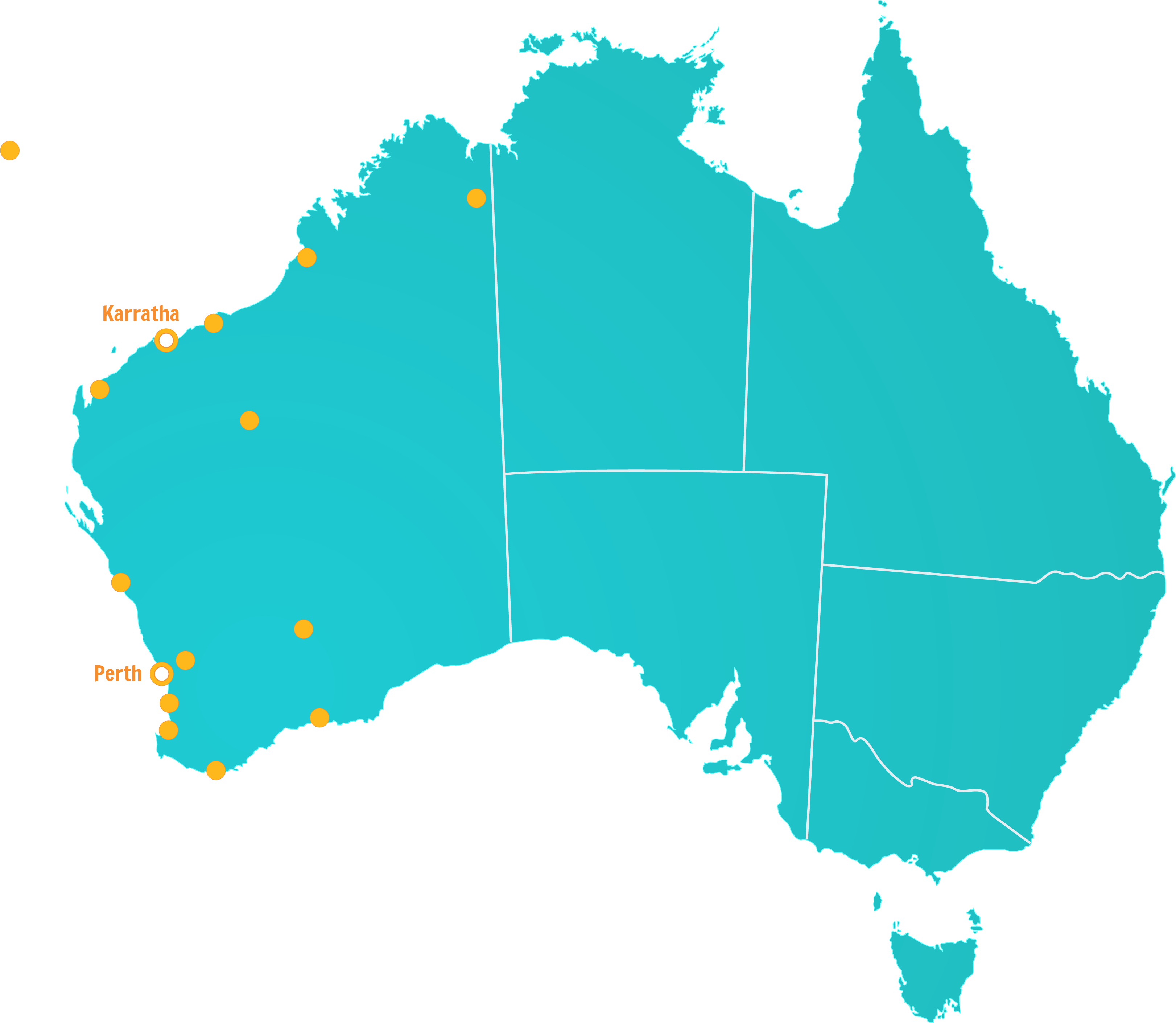Tips for planning your workforce
With the accelerating rate of change and disruption, workforce planning has become even more critical to a company’s survival.
But how can you ensure your business has the skills for today, tomorrow, and into the future?
While there are a range of process models available for workplace planning, the following can help get you started:
1. Develop a business strategy
Many workforce planning models assume businesses already have a strategy.
The reality is that, particularly with small enterprises that don’t have typical corporate resources, it’s more than likely they won’t.
Building the strategy includes:
- a review of the business’ past successes and failures;
- Its competitive position;
- its unique selling point;
- anticipated changes in the business environment;
- stakeholder expectations; and
- a vision of the future business.
2. Scan the environment
When assessing the effectiveness of a proposed business strategy it’s essential to understand the environment in which that strategy will play out.
“It’s really important that businesses think more broadly than just their industry in WA,” says Apprenticeship Support Australia Manager Lena Constantine.
If you’re in the construction sector, consider what the manufacturing, mining and defence sectors are doing as well as what projects are coming online.
Conducting a SWOT analysis (Strengths, Weaknesses, Opportunities and Threats) on your major competitors will give you further insight on your market position.
3. Model the workforce
Modelling your current workforce is an essential element in planning for the future.
Workforce segmentation helps to identify workforce gaps and, as a result, better target strategies to address these gaps.
In general, some key demographic and job information is critical, including:
- Gender, diversity groups, location, and age groups
- Position, jobs, competency groups and job families
- Organisation units
There are key workforce metrics every business should have on hand, whether you employ 20 or 2000 people, including:
- Turnover
- Attrition
- Unplanned absences
- Retirement rate
- Vacancy rate
- Employee engagement
- Internal hire rate/External hire rate
- Average age
- Equal Employment Opportunity balance
4. Identify the skills gaps
A skills gap is the gap between your employees’ existing skills, and the skills your company will need to reach its strategic goals.
Employers may identify gaps in several dimensions:
- Jobs
- Organisation units
- Locations
- Competencies
- Diversity
- Headcount
- Positions
Constantine suggests companies look at how they can skill local workers into the roles they need using apprenticeships, traineeships, internships and graduate programs.
“That’s a long-term strategy, so businesses have to start thinking about how that’s going to work and how that will play out in their business and then they have to stay on track,” she says.
Companies should also tie a skills analysis to succession planning of their aged workforce.
5. Develop a workforce strategy
While there are a number of components available to developing a workforce strategy, they can be boiled down to the six “Bs” of talent management: buy, build, borrow, boost, bounce and bind.
Buy:
“Buying” your talent and skills requirements puts the focus of workforce development on recruiting staff.
Build:
“Building” your talent means focusing on developing internal talent and training up staff within your business.
Borrow:
“Borrowing” to meet your skills needs means partnering with other organisations with talent.
Boost:
“Boosting” staff involves accelerating staff promotions and development.
Bounce:
“Bouncing” strategies involve moving underperformers out of the organisation through performance management or redundancy.
Bind:
“Binding” is a focus on retaining employees with high potential and talent.
6. Implement the workforce strategy
Implementing a workforce strategy involves staying clear on what you’re trying to achieve as a business while remaining agile to new or shifting challenges.
Once you have your strategy set up, implementing it involves a number of steps that may include some or all of the following:
- Project Plan.
- Change Management Plan.
- Communication Plan.
- Industrial Relations Plan.
- Governance Plan.
- Reporting Plan.
- Action Plan.
7. Monitor and report
Monitoring and reporting on how your strategy is playing out may seem like the simplest task but it’s often the most overlooked.
The following are a few steps to help get you started:
- Put in place an Action Plan that includes key elements of your workforce strategy.
- Monitor your workforce plan. What may have seemed like a great idea six months ago may no longer be realistic.
- Measure your plan by linking it to key performance indicators (KPIs).
- If you identify any weaknesses, then don’t be afraid to adjust your strategy to ensure it’s fit-for-purpose.
- Rinse and repeat.
ASA can help your business undertake a skills analysis and provide advice on traineeships or apprenticeships to help your business thrive.
Call us on 1300 363 831 or email [email protected].




